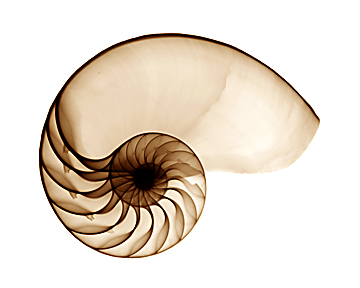|
All the ants in the colony seem to be similar in that each can equally well forage or do midden work or patrol, and yet somehow they get distributed among these tasks in an organized way. Where is the director? Could it be that one of the ants is different and special, and tells the other ants what they should be doing at any given time? If so, the organization should disappear if we remove that special ant. We have no idea which ant it might be, so we can try removing different groups of ants, enough of them so that any special ant would be included in one or other another of the groups.
Let's see: While the simulation is running, click on any of the Remove foragers, Remove midden workers, or Remove patrollers buttons. The adjacent sliders determine what percentage of the ants from the respective task is removed (try it at about 50% for now). Try it more than once, each time removing different percentages of ants from different tasks.
What happens? Are the ants able to take over abandoned tasks? Are they redistributed among those tasks with normal percentages? Regardless of which ants get removed the colony organization, given enough time, is re-established. On average, 50% of the ants at any time are foragers, 25% midden workers, and 25% patrollers (give or take 10%; remember that there are ants switching tasks regularly, this is the reason for slight fluctuations).
So, who's in charge then? As it turns out, no one. All ants are created equally. Not only are all ants capable of doing all tasks but there seems to be no individual ant on which colony organization depends. In fact, all ants are identical in the model, as we'll see when we look inside the ants.
Then how does each ant know which task it should be doing? When it should switch and when it should stay put? Maybe all ants have really good memories and are tiny, six-legged mathematical geniuses; maybe each ant counts how many co-workers are in its task and also keeps a running tally of how many ants total are in the colony based on previous tasks. It then uses these numbers to calculate how many ants need to be doing each task to divide everyone 50/25/25% and then adjusts its task accordingly. That's a lot to expect of an individual ant and, it turns out, not necessary. A simpler, alternative exists that yields the same observations, as we'll see next ....
 
|



